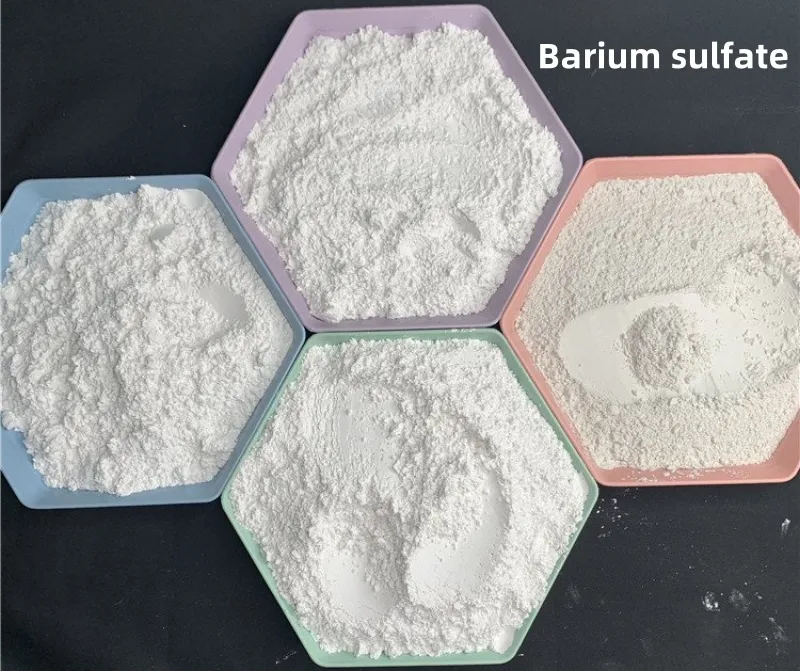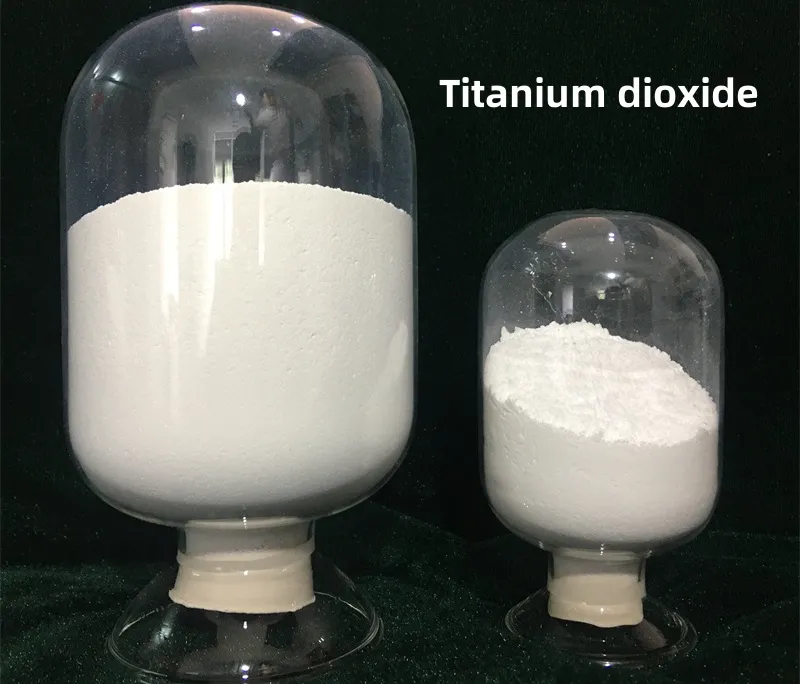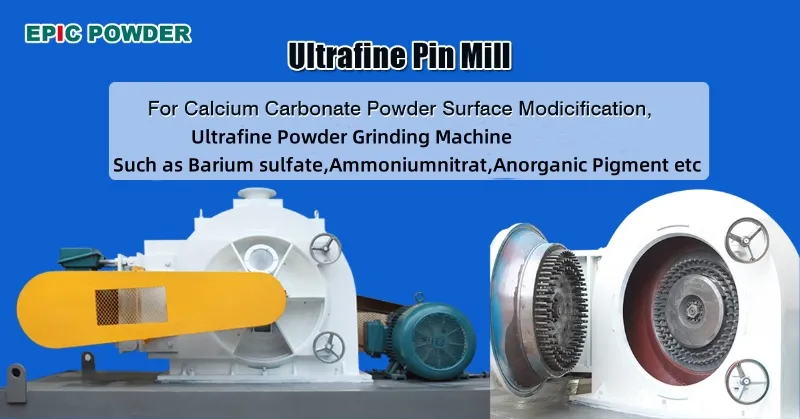The main white pigments used in coatings include titanium dioxide, lithopone, and zinc oxide. Titanium dioxide is divided into rutile and anatase, each with different crystal structures. Rutile titanium dioxide has a dense structure and excellent weather resistance. Anatase is more prone to powdering when used outdoors. Lithopone tends to darken and powder easily due to the presence of zinc sulfide. Zinc oxide is an active pigment. It can cause gelling in water-based coating systems. The main purpose of white pigments in coatings is to provide opacity (covering power). The uniform distribution of titanium dioxide particle size impacts the opacity and color reduction of the coating. Precipitated barium sulfate cannot replace titanium dioxide. However, it can create a synergistic effect. This increases the effective utilization of titanium dioxide and reduces its usage. In industrial production, companies often choose barium sulfate. It is a reliable option to lower production costs. Barium sulfate also improves weather resistance and gloss.

Mechanism of Partial Replacement of Titanium Dioxide by Barium Sulfate
The particle size of barium sulfate is approximately 0.7 μm, similar to many pigment’s primary particles. In pigment dispersion systems, barium sulfates creates a spatial steric hindrance effect for most pigment particles. This helps the pigment particles diffuse evenly. Its surface carries a static charge that prevents flocculation and aggregation of pigment particles. As a result, the pigment particles can fully expand, maximizing their opacity and color reduction effect.
When an appropriate amount of barium sulfate is added, the barium sulfates particles evenly distribute between primary pigment particles. This happens when they transition from secondary to primary particles due to the wetting agent. This enhances pigment dispersion efficiency. It allows the pigment particles to diffuse and align more uniformly throughout the formulation. As a result, the color development efficiency improves.
Barium sulfates particles possess steric hindrance and electrostatic repulsion effects. This reduces the chances of pigment particle flocculation and aggregation. It alleviates pigment particle agglomeration and settling. Consequently, the storage stability of pigment pastes or pigments improves.
Barium sulfate has unique chemical stability. It will not react with other components in the formulation system to cause adverse effects. This makes it suitable for use in system formulations.

Advantages of sing barium sulfate
It helps to disperse pigments more evenly and enhances the color development efficiency of pigments (as a pigment brightener).
Barium sulfates has a refractive index of around 8.0, which is very close to that of most paint films. Therefore, it is nearly transparent in the paint film, has no opacity, and does not affect the pigment’s color or hue.
When used within an appropriate range, barium sulfate can replace part of the pigment without affecting the color concentration or opacity of the pure color paste or paint.
Adding a small amount of barium sulfates to pigments helps to fully extend the pigment particle crystals, preventing flocculation and aggregation of pigment particles, thereby reducing the amount of pigment needed.
After using barium sulfates, the gloss of the paint film is ensured, improving leveling, reducing bubbles, and enhancing the smoothness of the product to some extent.
Barium sulfate disperses easily, and with the appropriate dispersant, it can be rapidly dispersed (using bead mill dispersion).
Compared to other inorganic pigments, barium sulfate does not cause precipitation or physical stratification in products.
Using barium sulfates as a filler material helps maintain the gloss and flatness of the paint film, while also improving the coating’s scratch resistance.
Barium sulfate has some effect in preventing color floating and mottling, but when used in small amounts, the effect is not very noticeable.

Matters eeding attention when using barium sulfate
Of course, it is important to note that different products require different types of barium sulfates. For example, precipitated barium sulfate is produced through a chemical precipitation process. It has superior physical properties, purity, and whiteness compared to ultra-fine natural barium sulfate. It is an amorphous white powder with excellent light resistance, weather resistance, acid resistance, flame retardancy, and electrical insulation. Due to its excellent chemical inertness and moderate surface energy, it shows good dispersion and stability. It works well as a functional filler and extender pigment. Additionally, it has better storage stability and opacity than ultra-fine natural barium sulfate. It can partially replace titanium dioxide in plastics, reducing the amount of titanium dioxide needed and lowering product costs.
When added to paints and coatings, precipitated barium sulfates provides good storage stability. It also enhances the product’s weather resistance, chemical resistance, corrosion resistance, and surface decorative effects. It improves the coating’s impact strength and hardness. As one of the essential fillers in powder coatings, it is widely used in plastics, rubber, powder coatings, paints, industrial anti-corrosion coatings, inks, friction materials, radiation shielding materials, ceramics, glass, electronics, pharmaceuticals, and wire and cable industries.
Epic Powder
Epic Powder specializes in providing high-quality barium sulfate that optimize the performance of various coatings and materials. While barium sulfate cannot fully replace titanium dioxide, it serves as an excellent complementary filler that enhances dispersion, reduces costs, and improves the weather resistance and gloss of the final product. By selecting the right type of barium sulfate for your needs, we help you achieve better pigment utilization, increased stability, and improved efficiency in your production processes. Trust Epic Powder for reliable, cost-effective solutions tailored to your specific requirements in industries like coatings, plastics, and more.
